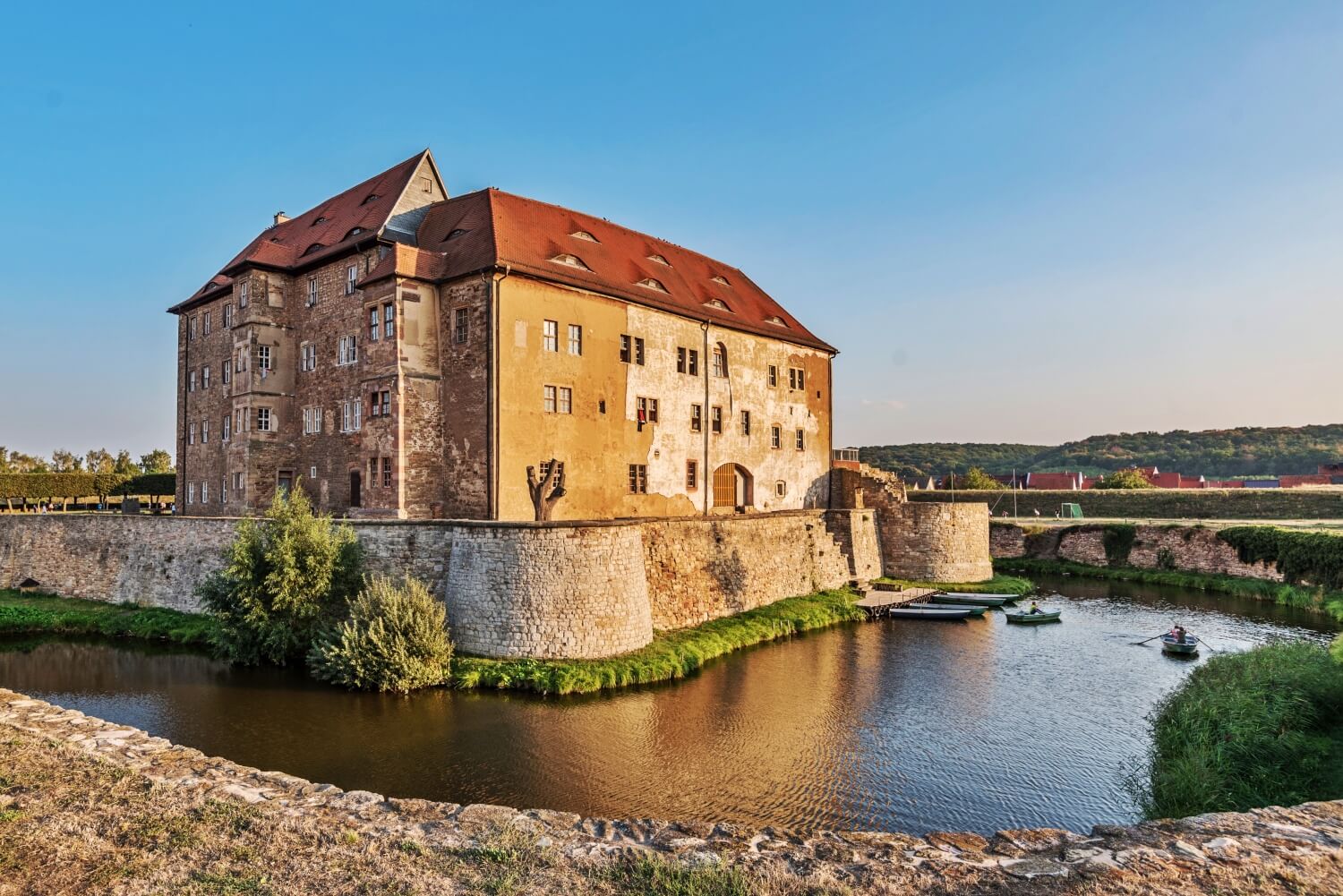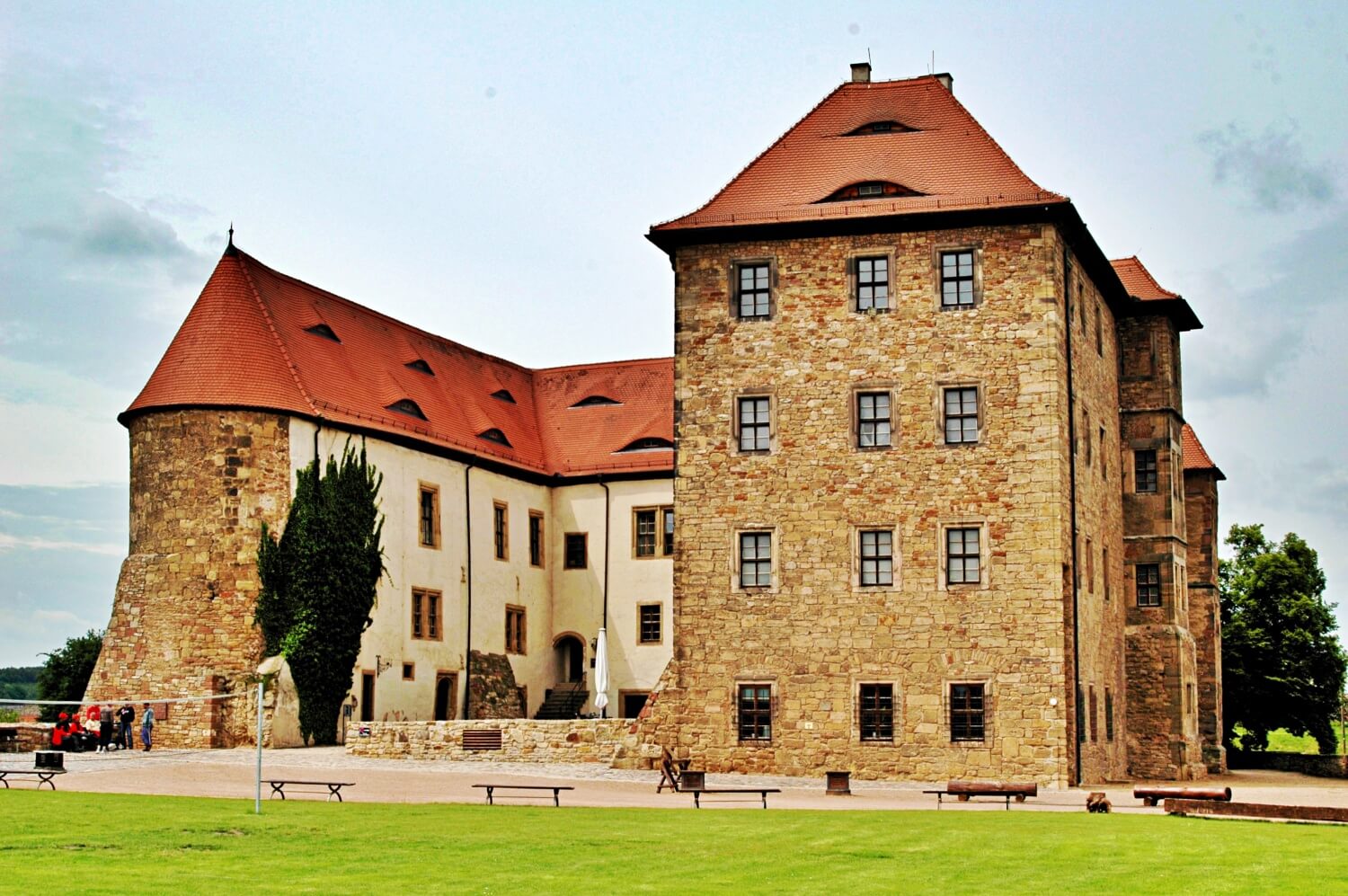Festung Heldrungen
Kyffhäuserkreis Thüringen Germany
castle, chateau
Festung Heldrungen
Kyffhäuserkreis Thüringen Germany
castle, chateau
The fortress Heldrungen is a fortress used until 1712 with two moats , four Vauban bastions and five roundels and is located in Heldrungen in Thuringia , district of An der Schmücke on the southern edge of the Golden Aue, southeast of Bad Frankenhausen
Die Festung Heldrungen ist eine bis 1712 genutzte Festung mit zwei Wassergräben, vier Vaubanschen Bastionen und fünf Rondellen und befindet sich im thüringischen Heldrungen, Ortsteil von An der Schmücke am Südrand der Goldenen Aue südöstlich von Bad Frankenhausen
Previous names
Festung Heldrungen, Festung Heldrungen
Description
The fortress Heldrungen is a fortress used until 1712 with two moats , four Vauban bastions and five roundels and is located in Heldrungen in Thuringia , district of An der Schmücke on the southern edge of the Golden Aue, southeast of Bad Frankenhausen . The core of the fortress appears as a bastion castle from 1519, while the surrounding ramparts and bastions date from 1668. The main gate of the fortress is in turn flanked by two mighty round towers.
History
The first fortification was probably a wooden refuge castle for the residents of the nearby manor "Roter Hof". The first documentary mention took place in 1126. The castle was owned by the Lords of Heldrungen . A first stone, Romanesque castle complex was built around 1190 . Around 1400 the castle came into the possession of the Counts of Hohnstein . Due to high debt, they had to sell the castle to Count Ernst II von Mansfeld-Hinterort (1479–1531) in 1479 . From 1501 Count Ernst II von Mansfeld had the castle renovated and converted into a residence. The four-wing renaissance was built from 1512 to 1518-Schlossanlage for Count Ernst II. And his second wife Dorothea von Solms . In the years after 1519, fortifications with a total of 12 rondelles were built in two fortress belts and a double moat around the castle. The moated castle became a fortress, which in its time was considered impregnable. The complex of castle and independent fortress belt is characterized by the early Renaissance emerging in the Saxon region and represents an early example of the “bastionized castle”. Hartenfels Castle in Torgau , Wittenberg Castle in Wittenberg and Moritzburg in Halle are comparable .
During the Peasants' War, the fortress played an important role as a retreat for the regional nobility. After the Battle of Frankenhausen , the farmer's leader Thomas Müntzer was imprisoned and tortured in the castle in May 1525 until he was executed . In the Schmalkaldic War there were battles for the fortress in 1546 and 1547 . During the Thirty Years' War, the fortress was conquered on October 23, 1632 by Wallenstein's troops under General Merode . All the fortress residents were murdered after the conquest. Until 1645 the fortress changed during the Thirty Years Waroften the owner before it was conquered by the Swedes in 1645 . The fortress was badly damaged during the siege . The outer walls were razed in 1645. From 1664 to 1668 Johann Moritz Richter built a new, modern outer fortress based on the Vauban system. From 1680 the fortress lost its importance and the entire complex slowly fell into disrepair. The last garrison that was on the fortress was passed on December 17, 1712 by the Council of War of Tottleben. As a result of the Congress of Vienna in 1815, the Heldrungen fortress and site came to the Kingdom of Prussia. Because of its lack of military importance, the fortress was removed from the list of Prussian fortresses in 1860.
The first value preservation measures were carried out from 1930. After the Second World War , some families used the buildings of the Wasserburg as apartments. Later, a youth hostel was opened on the moated castle and a Müntzer memorial (museum) was set up, which was removed after 1990. Extensive renovation and restoration measures were carried out by the GDR from 1974 to preserve the building fabric. This work continued even after German reunification. In particular, the inner and outer fastening rings with the bastions could be saved from decay. In 1990 the Burgcafé was opened, which has since been closed again.
https://second.wiki
Die Festung Heldrungen ist eine bis 1712 genutzte Festung mit zwei Wassergräben, vier Vaubanschen Bastionen und fünf Rondellen und befindet sich im thüringischen Heldrungen, Ortsteil von An der Schmücke am Südrand der Goldenen Aue südöstlich von Bad Frankenhausen. Der Kern der Festung zeigt sich als bastioniertes Schloss von 1519, während die umgebenden Wälle und Bastionen von 1668 stammen. Das Haupttor der Festung wird wiederum von zwei mächtigen Rundtürmen flankiert.
Geschichte
Als erste Befestigungsanlage wurde vermutlich eine hölzerne Fluchtburg für die Bewohner des nahen Rittergutes „Roter Hof“ erbaut. Die erste urkundliche Erwähnung fand 1126 statt. Die Burg befand sich im Besitz der Herren von Heldrungen. Um 1190 wurde eine erste steinerne, romanische Burganlage erbaut. Um 1400 kam die Burg in den Besitz der Grafen von Hohnstein. Diese mussten wegen hoher Verschuldung 1479 die Burg an Graf Ernst II. von Mansfeld-Hinterort (1479–1531) verkaufen. Graf Ernst II. von Mansfeld ließ ab 1501 die Burg renovieren und zum Wohnsitz ausbauen. Von 1512 bis 1518 erfolgte der Bau der vierflügeligen Renaissance-Schlossanlage für Graf Ernst II. und dessen zweite Frau Dorothea von Solms. In den Jahren nach 1519 wurden dann Festungswerke mit insgesamt 12 Rondellen in zwei Festungsgürteln und doppeltem Wassergraben rund um das Schloss erbaut. Aus der Wasserburg wurde eine Festung, die in ihrer Zeit als uneinnehmbar galt. Der Komplex aus Schloss und unabhängigem Festungsgürtel ist durch die im sächsischen Raum aufkommende Frührenaissance geprägt und stellt ein frühes Beispiel des „bastionierten Schlosses“ dar. Vergleichbar sind das Schloss Hartenfels in Torgau, das Schloss Wittenberg in Wittenberg und die Moritzburg in Halle.
Im Bauernkrieg spielte die Festung eine wichtige Rolle als Rückzugsort des regionalen Adels. Nach der Schlacht bei Frankenhausen wurde der Bauernführer Thomas Müntzer im Mai 1525 in der Burg bis zu seiner Hinrichtung gefangengehalten und gefoltert. Im Schmalkaldischen Krieges gab es 1546 und 1547 Gefechte um die Festung. Im Dreißigjährigen Krieg kam es am 23. Oktober 1632 zur Eroberung der Festung durch Wallensteins Truppen unter General Merode. Alle Festungsinsassen wurden nach der Eroberung ermordet. Bis 1645 wechselte die Festung während des Dreißigjährigen Krieges häufig den Besitzer, bevor sie dann 1645 von den Schweden erobert wurde. Während der Belagerung wurde die Festung stark beschädigt. Noch 1645 wurden die äußeren Wälle geschleift. 1664 bis 1668 errichtete Johann Moritz Richter einen neuen modernen äußeren Festungsgürtel nach dem Vaubanschen System. Ab 1680 verlor die Festung an Bedeutung und die gesamte Anlage verfiel langsam. Die letzte Garnison, die auf der Festung lag, wurde am 17. Dezember 1712 durch den Kriegsrat von Tottleben verabschiedet. Durch den Wiener Kongress kamen Ort und Festung Heldrungen 1815 an das Königreich Preußen. Wegen der fehlenden militärischen Bedeutung wurde die Festung 1860 aus dem Verzeichnis preußischer Festungen gestrichen.
Ab 1930 wurden erste Werterhaltungsmaßnahmen durchgeführt. Nach dem Zweiten Weltkrieg wurden Gebäude der Wasserburg von einigen Familien als Wohnung genutzt. Später wurde auf der Wasserburg noch eine Jugendherberge eröffnet sowie eine Müntzergedenkstätte (Museum) eingerichtet, die nach 1990 beseitigt wurde. Durch die DDR wurden zur Erhaltung der Bausubstanz ab 1974 umfangreiche Sanierungs- und Restaurierungsmaßnahmen durchgeführt. Diese Arbeiten wurden auch nach der deutschen Wiedervereinigung weitergeführt. Vor allem die inneren und äußeren Befestigungsringe mit den Bastionen konnten vor dem Verfall gerettet werden. 1990 wurde das Burgcafé eröffnet, das inzwischen wieder geschlossen wurde.
Useful information
Gratis
Feste und Veranstaltungen
- Privateigentum (Jugendherberge)
- Führungen nach Vereinbarung
-
Nearby castles
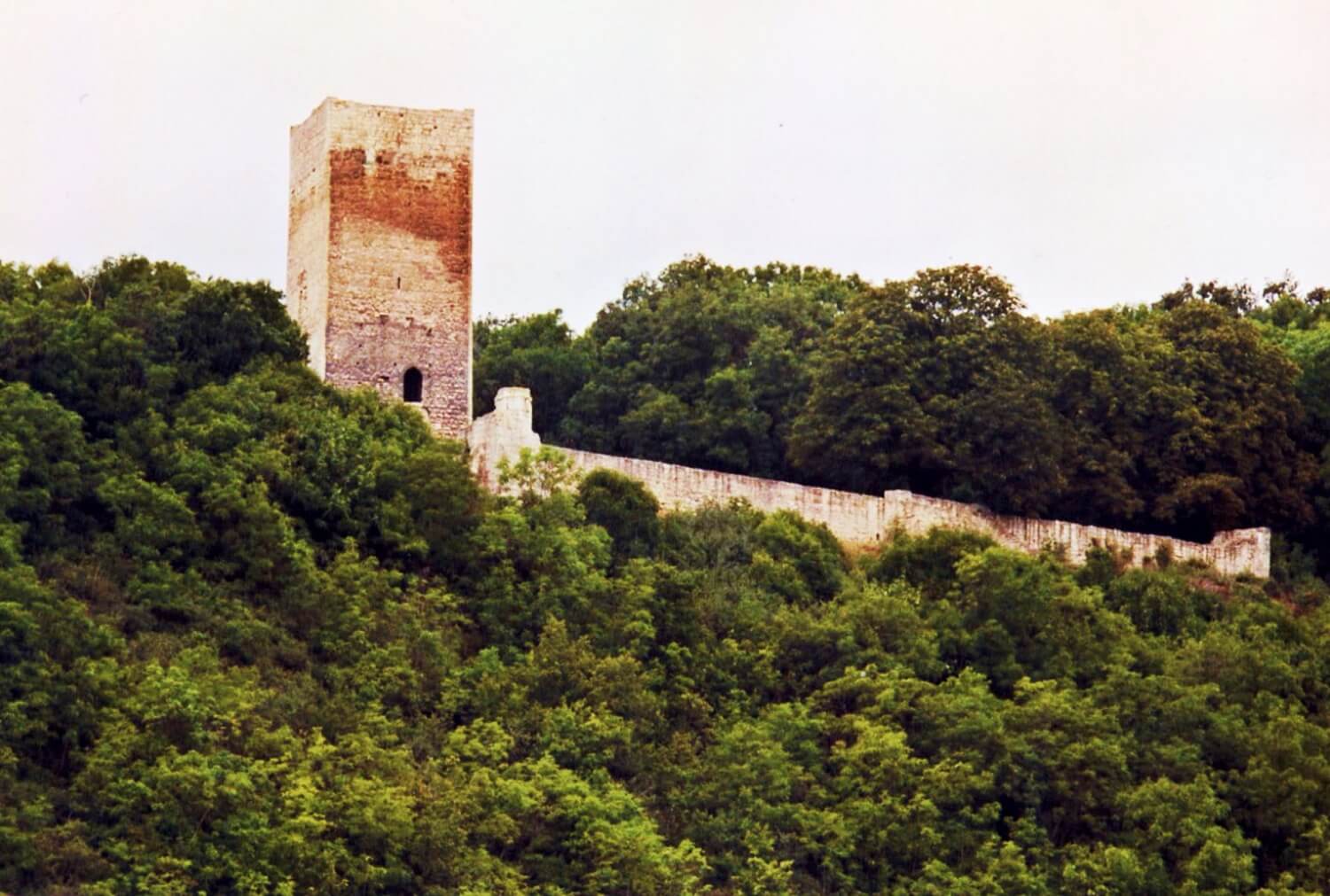
Untere Sachsenburg
Kyffhäuserkreis
3.8km
castle, chateau
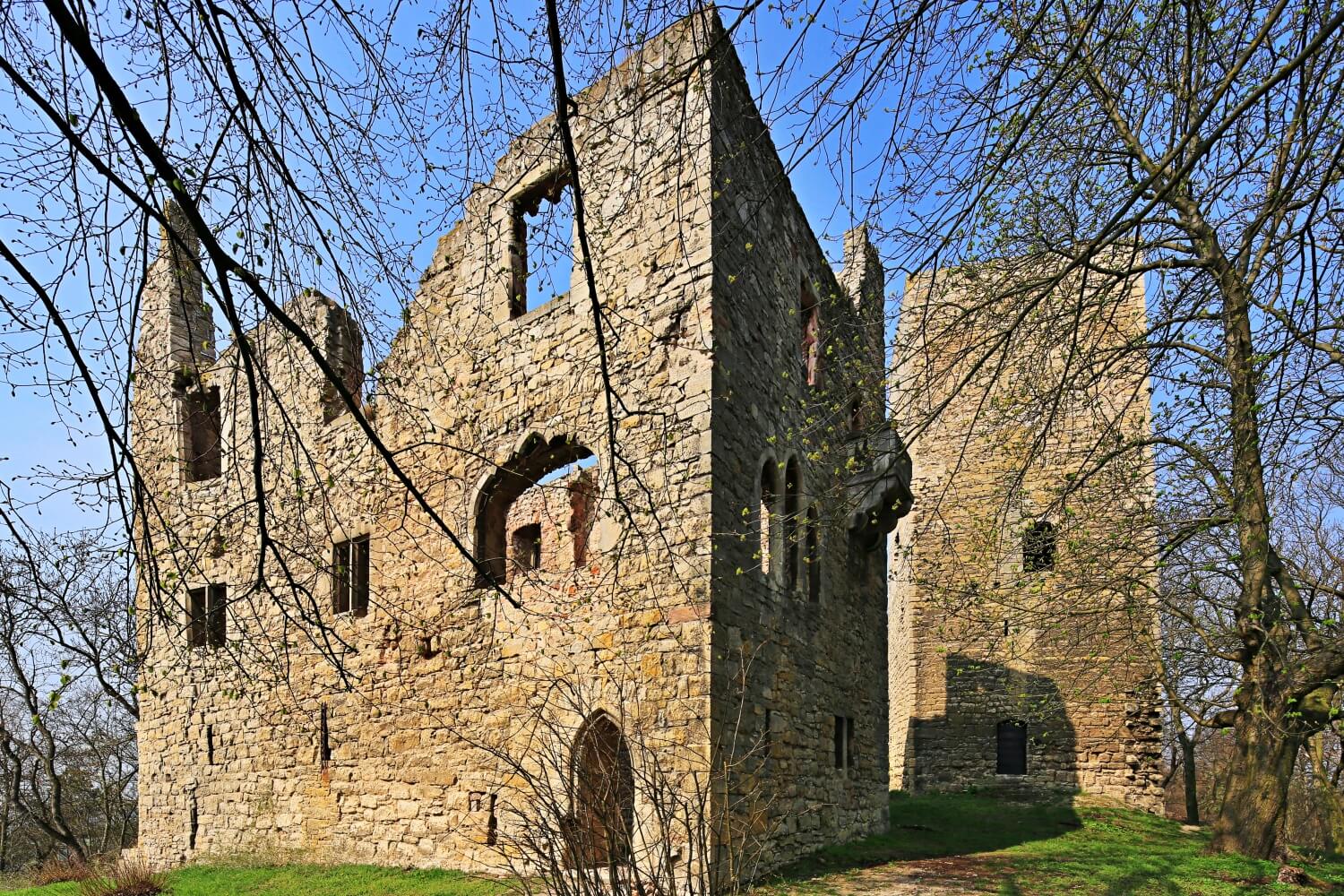
Obere Sachsenburg
Kyffhäuserkreis
4.0km
castle, chateau
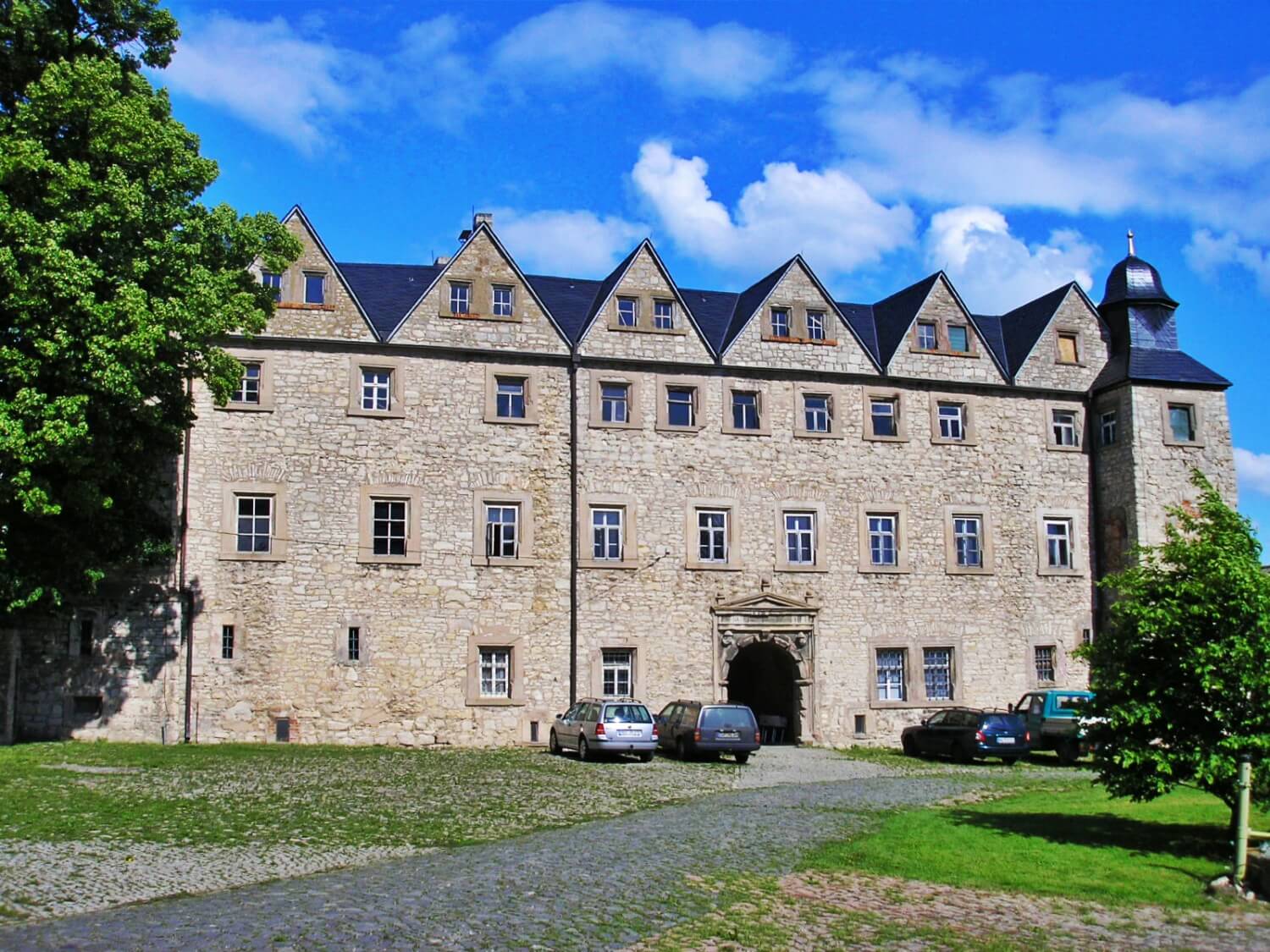
Schloss Kannawurf
Sömmerda
6.5km
castle, chateau

Schloss Beichlingen
Sömmerda
7.7km
castle, chateau
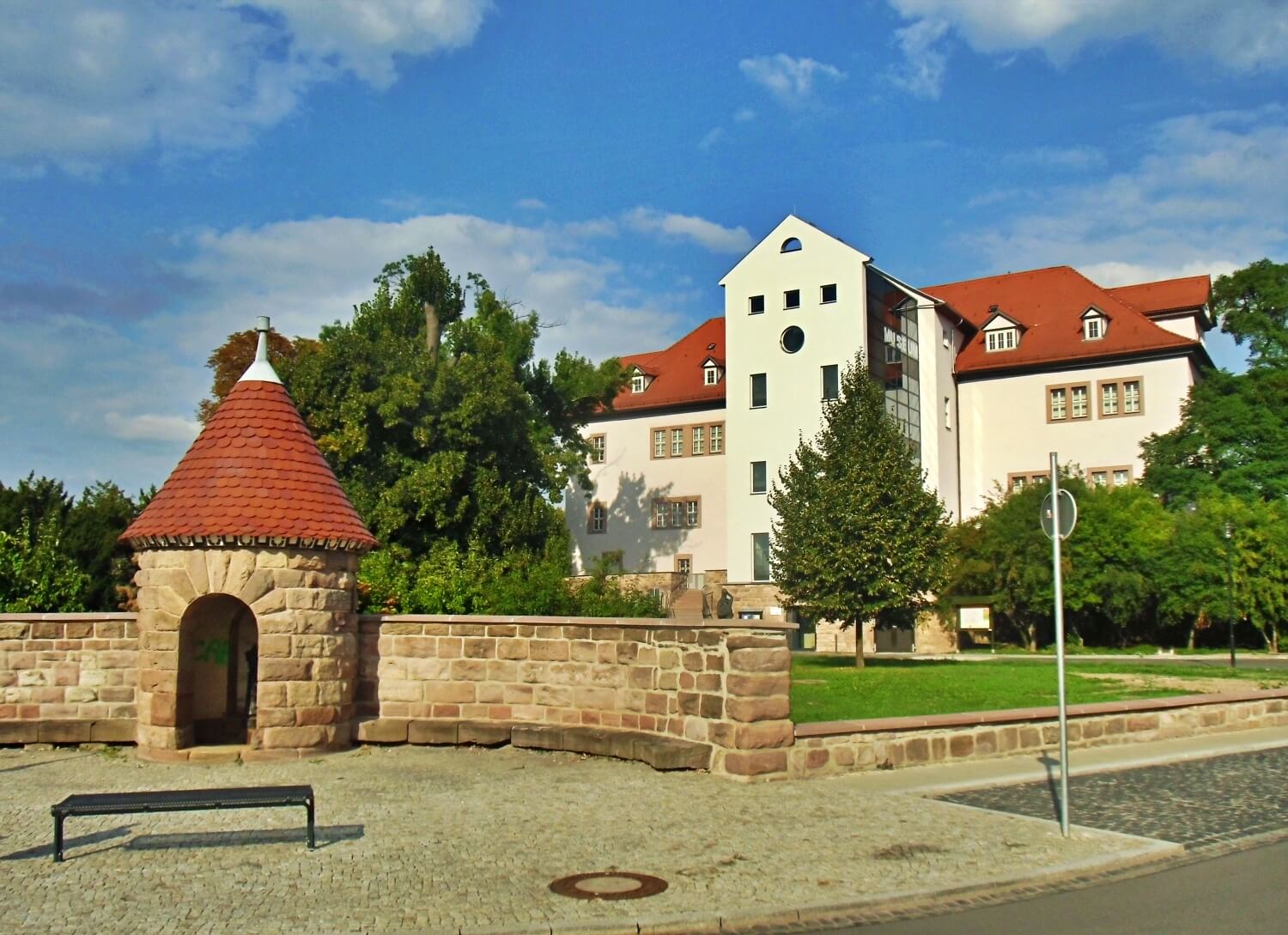
Frankenhausen Castle
Kyffhäuserkreis
10.2km
castle, chateau

Kyffhausen Castle
Kyffhäuserkreis
14.8km
castle, chateau
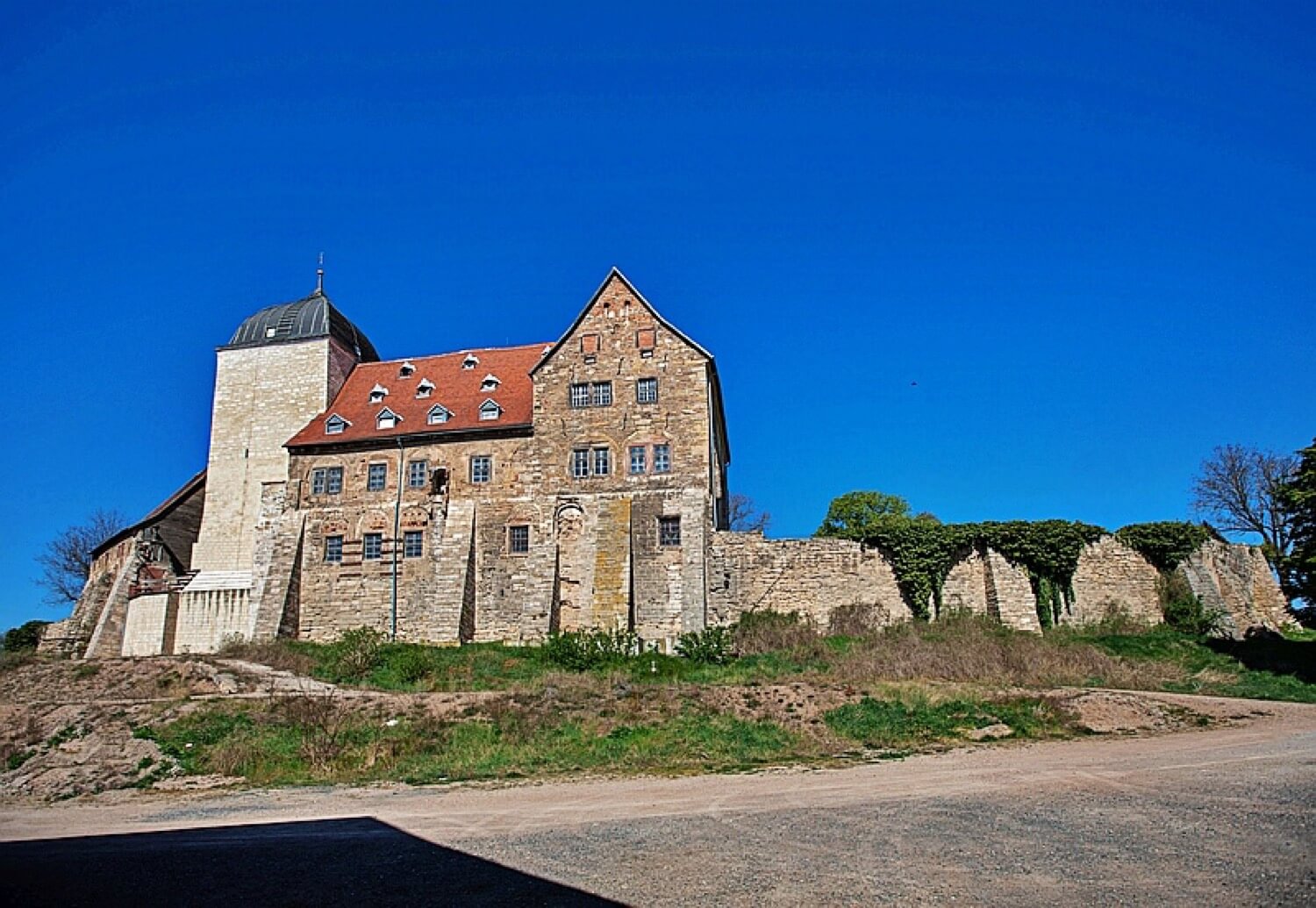
Runneburg Fortress
Sömmerda
15.5km
fortress
